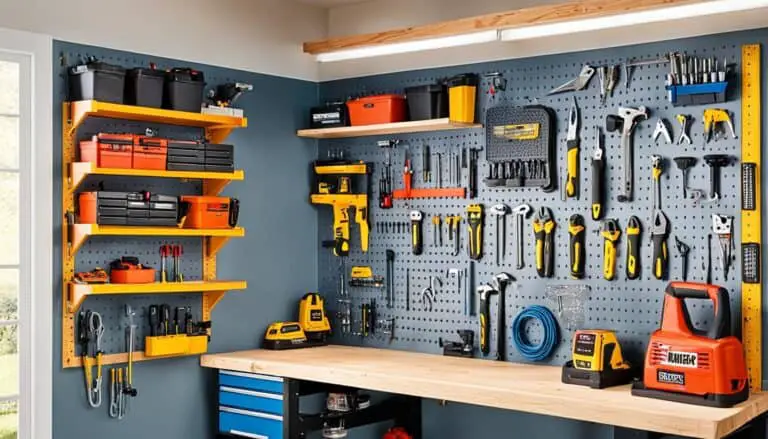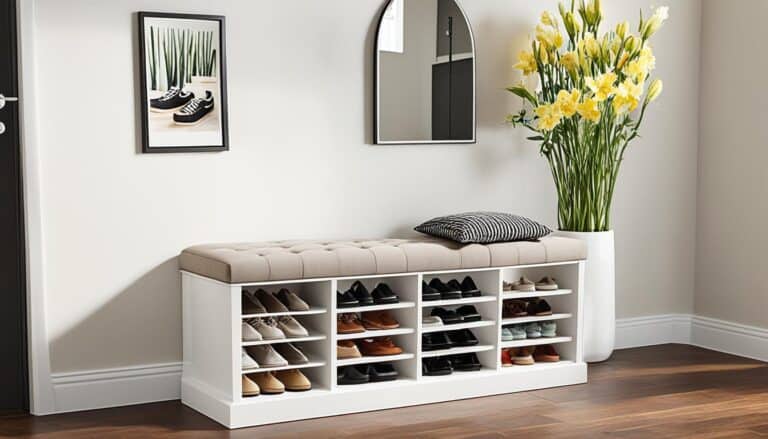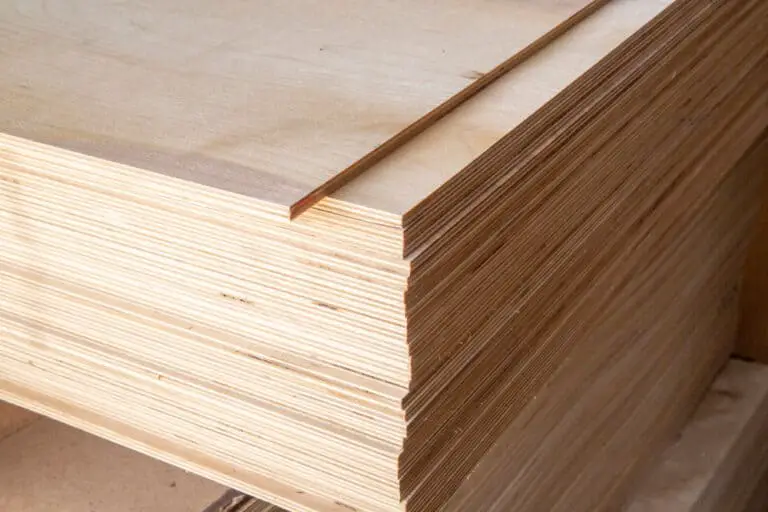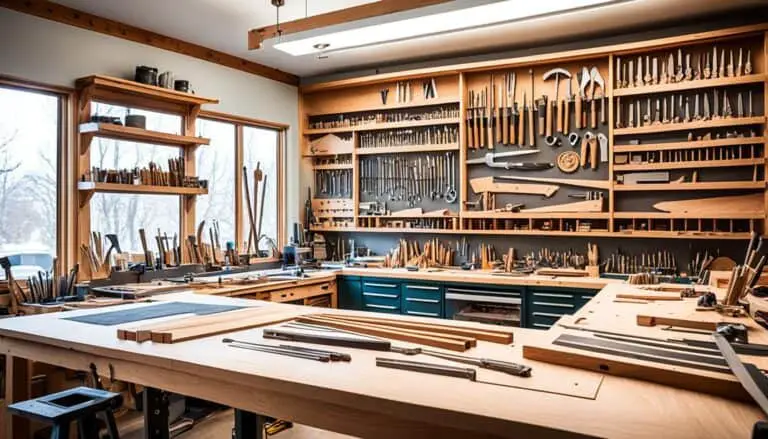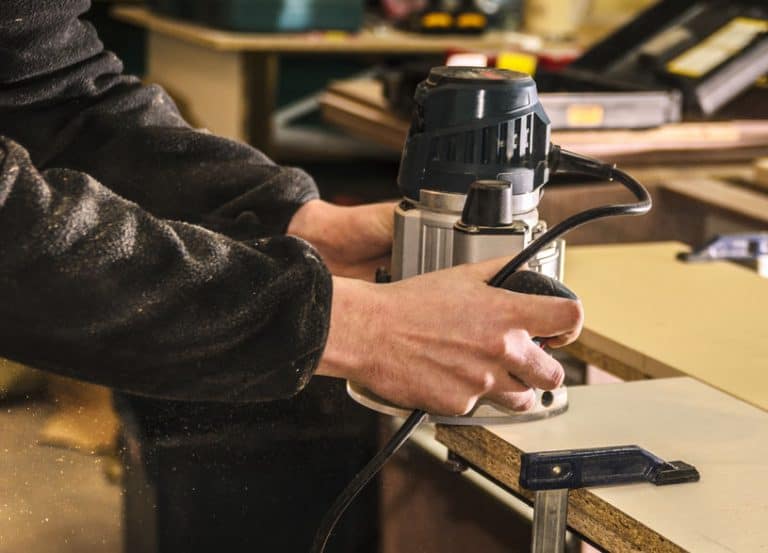You work in your woodshop daily and spend a lot of time there. Is your lighting sufficient to safely work and not strain your eyes? It amazed me when I started researching lighting in my woodshop and the effects that it had on my work and myself.
Woodshop lighting ideas are key to your success in your woodshop and you need to know the Best LED Shop Lights. Having the proper amount of lighting allows you to be more accurate in your measurements and cuts, safe around your tools, and not strain your eyes. You want to consider the amount of Lumens, position, and glare of your lighting.
What Are The Best LED Shop Lights For Your Wood Shop
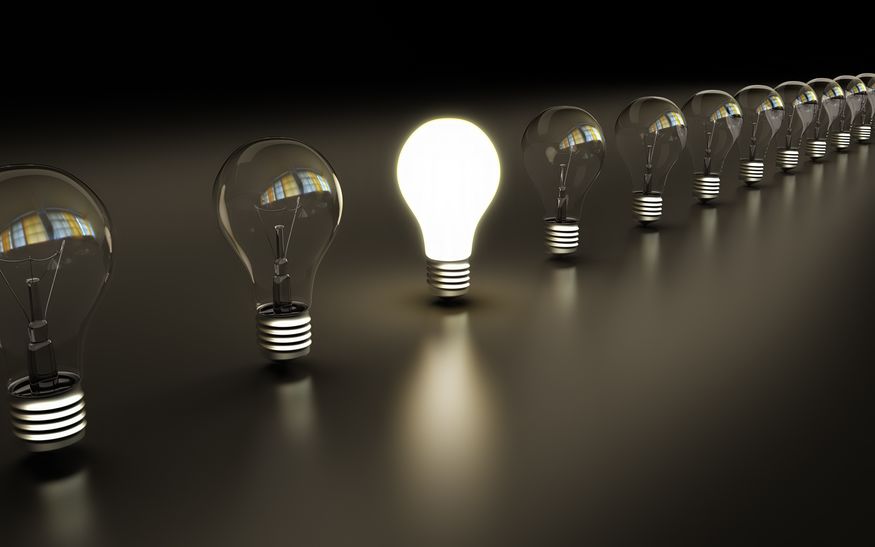
As mentioned above the lighting in your woodshop is very important and the last item considered. There are basically two options for you to consider LED and Fluorescent lighting. Each one of them provides excellent lighting and will serve you well.
Why do we want to look at lighting ideas in your woodshop? There are several reasons we need to consider good woodshop lighting. Below are a few things for you to consider when you start looking at your woodshop and consider should you look at your lighting.
- Strain on the eyes – Not having a good amount of light in your wood shop makes your eyes work harder. Strain on your eyes makes you tired and as your day goes along you need to concentrate harder to make your wood sign cuts and marks.
- Accuracy of your cuts – Less light in your wood shop and especially in the work areas you spend the most time hinders your accuracy. Making accurate cuts and marks for cuts is crucial in the wood sign business. You need to have good lighting to ensure you get it right the first time.
- The ability of seeing colors – Colors are challenging in dim light. We have our wood shop in various places, such as basements, out buildings, garages and barns for example. The light isn’t always great and the ability to see close colors will be difficult especially if your wood shop produces wood signs with a large color pallet.
- Not dealing with glare – Believe it or not glare plays a big role in wood sign creation. It really makes a difference if your lighting consistently is affecting your wood projects due to a glare from the wood sign or the process of making your wood signs. Better lighting will greatly aid you and not be consistently irritating.
- Most importantly safety – Safety is paramount in your wood shop and your lighting is one of the corner stones of your safety. Without question if your lighting is accommodating in the wood shop work zones with power equipment (Saws, sanders, joiners, planers) your safety with increase. Additionally you will see where you place your equipment (so it doesn’t fall on the floor), paint and generally know what is around you, you will be safer. Proper lighting should be one of your major items in planning or upgrading your wood shop.
Depending on the lighting you are wanting in your woodshop you will need to consider the Lumens for the amount of light. For example, typically in your home, you would not want to have Cool White Daylight lighting as it would be too much for you. You would want a more soft and easy light which is comforting.
| Soft, Warn White | Neutral White | Cool White, Daylight | |
|---|---|---|---|
| Lumens | 2700K – 3000K | 3500K – 4100K | 5000K – 6500K |
Light is measured in Kelvin – what is Kelvin? Lighting temperature and appearance is provided by the light bulb. It is measured in degrees of Kelvin (K) on a scale from 1,000 to 10,000.
As you plan your woodshop lighting and are wanting the Best LED Shop Lights you will want more lighting which will provide no glare and more of a daylight effect. This would require you to position your lighting and typically use 5000k Lumens. As mentioned above this will ensure you have a clear and crisp view of your tools for the purpose of accuracy and safety.
Let’s look at the two options of woodshop lighting which you can get and what they provide.
LED or Light Emitting Diode – LED is fairly new to the market and is misunderstood from a lighting perspective. The diode has two terminals that conduct the electricity only in one direction.
Fluorescent Light – Fluorescent lighting uses a glass tube with a chemical reaction to create light. It uses gases and mercury vapor interacting. It illuminates the phosphor powder coating the inside of the glass tube, emitting white “fluorescent” light.
Both of the lighting solutions for your woodshop provide excellent light. There are differences in cost and longevity which may make you consider one over the other.
Lumens – What Are Lumens
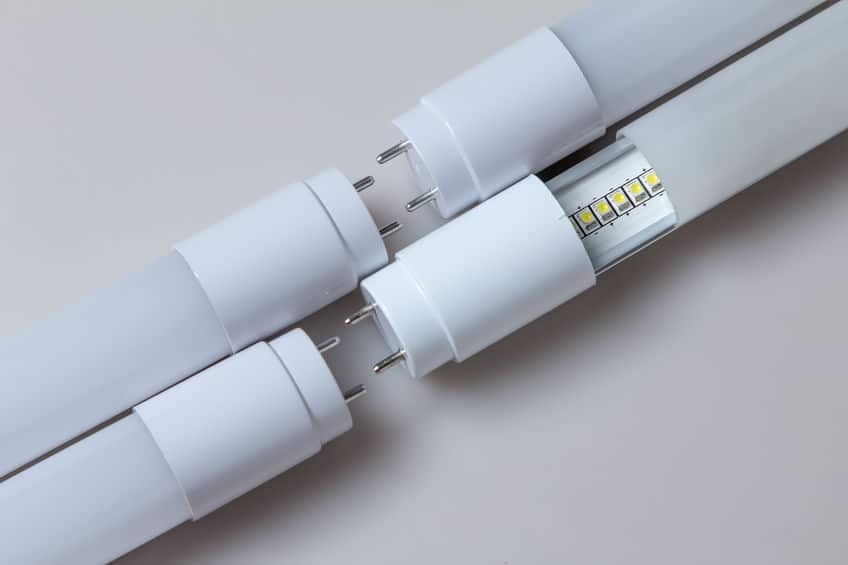
A lot of folks think that lighting is measured in watts and this is a common misconception. Lighting is actually measured Lumens.
What are Lumens (lm)?
Lumens = Light Output (Easy way to remember)
Basically, Lumens is the amount of light visible to the human eye. The more Lumens the brighter the amount of light.
Over the years we have all looked for light in our homes and wood shops by thinking about watts. Typically, you would think I need 60 watts (w) for a soft amount of light.
For example, let’s look at a LED 6.5w which will put out approximately the same amount of light a halogen 50w bulb will. Definitely a plus for the LED and less energy consumption.
A comparison is easier to look at versus attempting to write so let’s look below at the older version of thinking about light versus the approximate Lumens.
| Watts (w) | Lumens (lm) |
|---|---|
| 25 | 230-270 |
| 35 | 390-410 |
| 40 | 440-460 |
| 50 | 350-450 |
| 60 | 800-850 |
| 75 | 1000-1100 |
| 100 | 1500-1600 |
Now we know more about Lumens (lm) let’s look at how many Lumens you may need for the area you are wanting to use. In a woodshop, your woodworking requires more light so you can be safe not strain your eyes, and may your woodworking cuts more accurately.
Due to the fact that the amount of Lumens is a personal choice below is a chart which helps you decide a little easier on the amount of Lumens you need.
| Space To Light | Lumens (lm) Per 10.76 sq ft |
|---|---|
| Kitchen | 300-400 |
| Living Room | 400-500 |
| Hallway | 300 |
| Bedroom | 300-400 |
| Bathroom | 500-600 |
| Wood Shop | 700-800 |
Power Requirements For Lighting Your Wood Shop
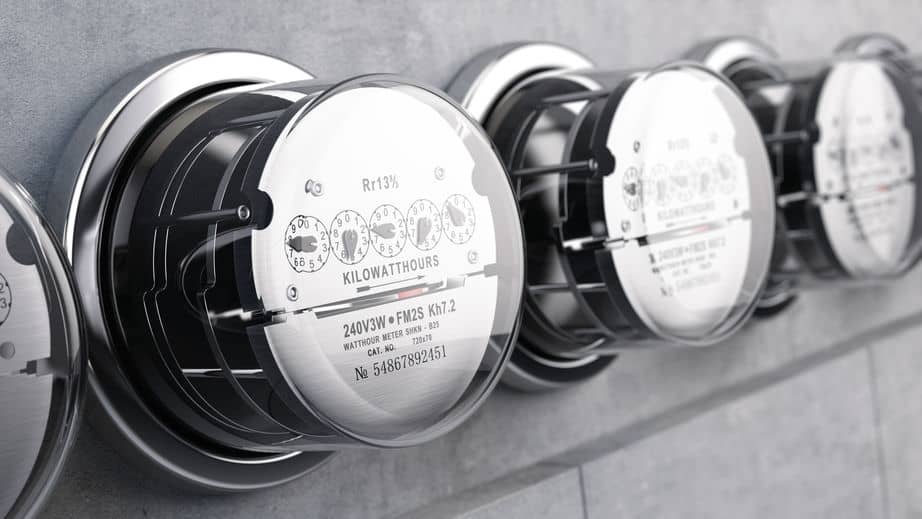
Electricity for your woodshop is very important. When it comes to electrical requirements and lighting you want to consider where to place your lighting and what power you need to feed to them.
Positioning your lighting over specific equipment you use will benefit you in the safety and accuracy of your woodcuts. If you have limited power in your woodshop you will need to consider what devices you use the most and place them on dedicated electric plugs.
This concept is also a consideration when you look at the lighting in your woodshop. Do you split the power on your lighting as well? Do you use certain areas of the shop more than others?
The reason I mention this is your power consumption and power bill. You don’t need to light up your whole woodshop if you are only in certain areas more than others. Additionally separating your power for your lighting allows you the flexibility to light areas of your woodshop with specific wood tools and still be able to run them consistently if you are limited power.
Breaking your lighting power into smaller zones with light switches is key to this planning. Lastly, if you are wanting to go that extra step you can incorporate complete LED lighting which also saves on your electric bill.
If you would like to see what products I’m using and purchase you can see my recommended products here – “Recommended Products“
Positioning Your Wood Shop Lighting
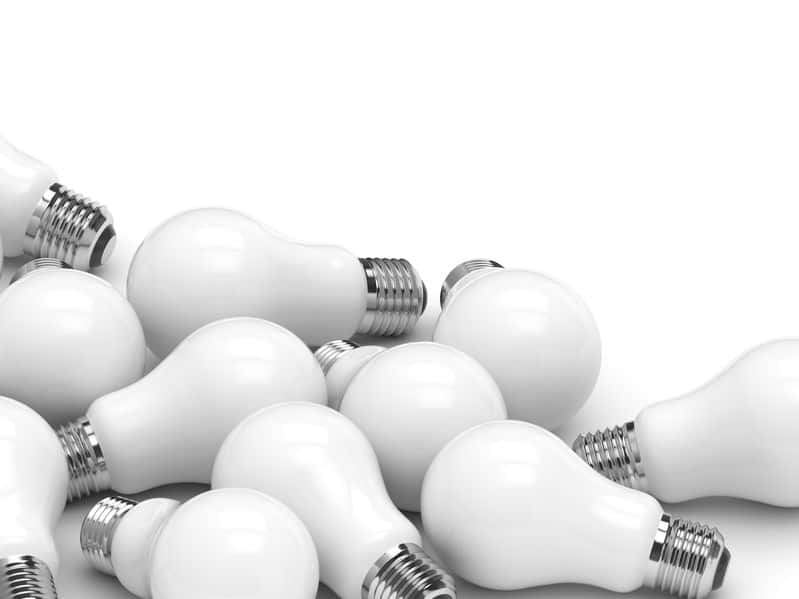
Considering where you place your light fixtures in your woodshop is crucial. Unfortunately, it is the lowest priority on our woodshop items for purchase. We typically go to big box stores and purchase the cheapest lights we can find and place them anywhere in our woodshop. This will be problematic in the long run for you and your woodshop.
Getting the proper lighting fixture and placing them better in your woodshop can provide years of safety, accuracy, and cost savings.
Where do you place your light fixtures to be optimal? There are 3 things to consider. Check out the below infographic for details.
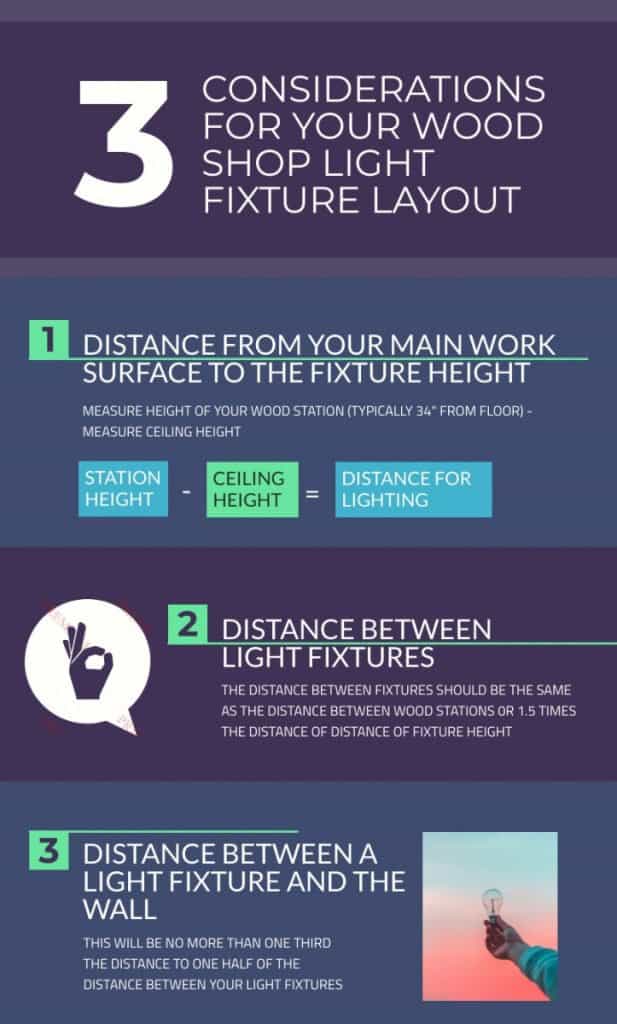
The above formula is simple and yet yields the best results for the placement of your woodshop lighting. The ability to concentrate and clearly see your work environment is very important and needs to be a priority for you in the creation of your woodshop.
Now we know what Lumens, the power requirements, and placement we need to look at technology.
LED Versus Fluorescent Which Is Better
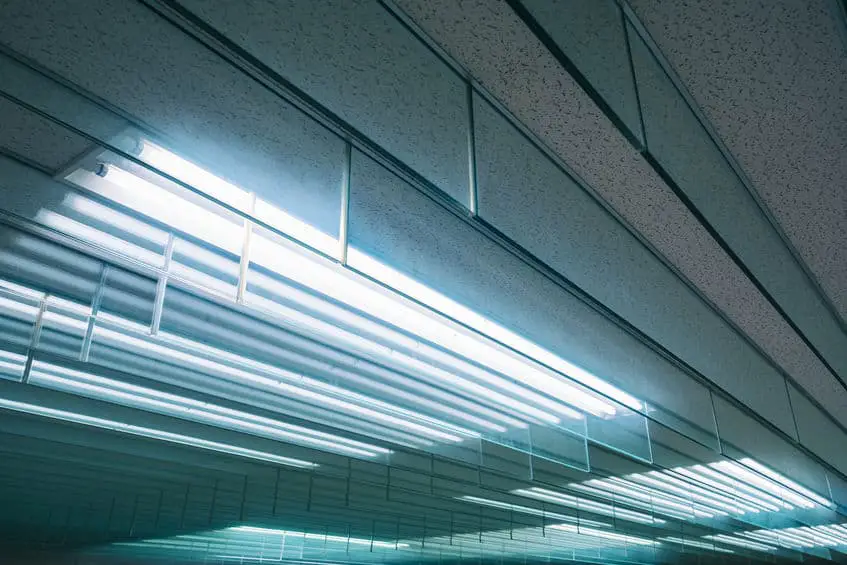
We have all heard about the LED versus Fluorescent discussion. Which one is better is a matter of opinion it seems. During my research, I have discovered it really is a matter of a few things which you may want to consider for your woodshop.
Fluorescent Lighting Concerns
Fluorescent is fragile glass tubes that are inserted into fixtures that are mounted to a surface (typically the ceiling) to provide light. They are produced in several sizes and shapes for almost any application. The technology of the fluorescent light is older and still works very well.
They require a ballast in the light fixture which adds another complexity to the fluorescent light. The ballast is subject to failure and also generates noises that can be irritating to some people.
The life expectancy of a fluorescent light is typically 25,000 hours. Due to this, you can expect to be purchasing more of the bulbs sooner causing you more money to maintain
Disposal of the fluorescent light is difficult as they can contain mercury which you should not just throw in the normal trash versus properly dispose of them.
Fluorescent lighting typically consumes about 32 – 35 watts. This goes to the theory of the initial purchase will be cheaper than LED however over time the cost of the operation is more.
Lastly, fluorescent lights will produce UV light which causes problems and they also produce heat which can be problematic depending on where you mount them.
Fluorescent light is a proven technology however an older technology that is cost-efficient upfront, however, will cost more in the long run with the replacement of the bulb as well as the ballast to operate it.
LED Lighting Is It the Solution – Best LED Shop Lights
LED (Light-Emitting Diode) is a newer technology and was up till recently a more expensive option to light your woodshop. Although LED is a new technology it has a proven track record.
During my research, I discovered many advantages to LED versus Fluorescent bulb lighting. My hope is to help you decide the best solution and safest solution for your woodshop.
Why do I support a LED versus Fluorescent light solution? Below I have listed several reasons as to why I believe that and also why I believe it is a safer, longer, and more cost-efficient solution.
LED bulbs are more efficient – LED provides a better lighting solution and is more efficient, typically up to 30% over the fluorescent bulb solution. With the common use of only 22 watts versus the 32 watts of a fluorescent bulb, it is really a major consideration for your power consumption.
Directional Lighting – The majority of your fluorescent lighting is broad and provides lighting in a general sense. As mentioned above in the positioning of lighting it is important to be able to place the lighting over your woodshop workstations so you can be accurate and safe. LED lighting provides a 110-degree pattern whereas fluorescent bulbs provide a 360-degree pattern.
This is important to note as approximately only 30% of the light from a fluorescent bulb is lighting up its intended area. Conversely LED lighting with its 110-degree pattern allows you to concentrate most of the light on the intended workspace in your woodshop.
LED has no heat – Fluorescent lighting produces a great deal of heat when used. It can cause concerns in certain areas of the woodshop which heat is not preferred. The LED on the other produces nearly no heat at all. The LED efficiently utilizes its energy to produce light.
Longevity of LED vs Fluorescent Lighting – As mentioned above the fluorescent bulbs have typical longevity or the life of approximately 25,000 hours. The downside to the typical fluorescent bulb is it starts showing it is at the end of its life at 60%. This was shocking to me as it also starts to flicker and show it is approaching the end of life.
On the other hand, LED lighting has a 70% life at 50,000 hours which is double the typical life of the fluorescent bulb. It makes sense to consider the swap to the LED lighting solution for the longer duration alone saving you money in the long run versus consistently replacing fluorescent bulbs.
Ultraviolet Light (UV) and Fluorescent Bulbs – This was an amazing fact for me to discover. Unlike LED which does not emit UV rays fluorescent bulbs do. The downside of UV rays is can cause the fabric to fade, eye strain, and eye fatigue over time. These considerations will make a very long day and make your safety and accuracy be hard to achieve.
LED and Cooling Your Wood Shop – Interestingly LED does not put off any heat. This helps you with cooling your woodshop with an air conditioner. Fluorescent lights emit a great deal of heat and will hinder your air conditioner’s ability to cool the space and make it work harder. This will not only be more uncomfortable but also cost you more money on your electric bill.
As you can see the Best LED Shop Lights are a viable option for lighting your woodshop. It has become very popular and has a lot of applications from large to small. It allows your woodshop to be brighter, less heat, more concentrated to specific work areas, and allows you to be safer around your woodshop and woodworking tools.
How Much Would It Cost To Upgrade The Lighting In My Wood Shop
Lastly, let’s look at the cost of upgrading your woodshop lighting and take you out of the shadows to the light. What are my options and where do I start.
Where do we start looking at putting in new or upgrading your existing lighting in your woodshop? Let’s look at the monthly cost of light usage which will be added to your monthly electric bill. This will be a consideration in your budget moving forward for your woodshop and wood sign business or hobby.
Here is a great Lighting Cost Calculator to give you numbers for considering Fluorescent lighting or LED-based on watts. – “Lighting Cost Calculator“
Now you have more of an idea of the cost of the project let’s look at what is needed. For most of your lighting project, it will be simply replacing the existing fixtures. Others will need to consider adding electric plugs and adding capacity to your woodshop.
Power Requirements – Cost Of Electrician In General
The cost of an electrician can be scary. What will they charge me to add wiring, outlets, and possibly breakers to my woodshop. Additionally, what would be the cost of replacing the breaker box. These things come to mind and can be intimidating when you consider upgrading your lighting in your woodshop.
Please note when considering an electrician for the installation of your light fixtures the cost categories are the type of lighting fixtures and labor. The national average ranges between $151.00 and $824.00. (Source: https://www.homeadvisor.com/cost/electrical/install-a-lighting-fixture/). More specifics are below referencing LED and Fluorescent light fixture installation.
Since it is difficult to cover all considerations for each shop I decided to provide general information and calculators which will aid your decision-making. The online calculator below will give a great estimate for your zip code before you call an electrician and get a quote.
Cost To Install Electrical Wiring and Labor – “Electrical Calculator “
Other considerations you will need to think about are permits with your local municipality, township, or county. Most of the time you can work with your electrician to get these down and it will not be a big deal. The process can be overwhelming, however, in my experience, it wasn’t that bad. If you are wanting to perform the work yourself you can call the permit office and ask questions.
Most of the time they will have a brochure or documentation (forms) which will start the process and walk you through how to get your permits, inspections, and what is needed. This allows you to be safe and legal, additionally adding value to your woodshop overall.
Fluorescent Lighting And LED Lighting Installation Cost For Your Wood Shop
As mentioned above the biggest cost of the upgrade/installation will be an electrician if you decide to use those professional services for your installation or upgrade. Don’t let this discourage you in your effort to install or upgrade your lighting in your woodshop. Although there is a cost associated with this project it is well worth the benefits it provides.
Fluorescent Lighting Upgrade Cost – The typical installation cost nationally for the installation of fluorescent lighting is between $85.00 to $217.00. This may vary depending on your location so I would definitely get multiple quotes for your project.
The installation time is typically 1 to 3 hours (varies on wiring installation or breaker box changes). This is cost-effective and provides the best way of getting the lighting you need for safety in your woodshop.
LED Lighting Installation/Upgrade Cost – The typical installation for the LED lighting is similar to the installation for the fluorescent lighting. It typically costs around $125.00 and typically around an hour for installation. This figure assumes you have the complete kit with the transformer and wiring.
If you look at the cost of the installation for fluorescent light or LED lighting the cost is not that bad. If done correctly these lighting sources will provide years of service to your woodshop and also the Best LED Shop Lights.
If you would like to calculate more accurate figures for your zip code you can go here for a calculator to assist your project planning – “How Much Does It Cost To Install A Light Fixture?”
Cost Per Square Foot – A Number To Remember
Now we know a little more about the costs associated with the installation of fluorescent lighting and LED lighting let’s look at a different perspective.
Some folks or contractors want to talk “Per Square Foot”. If you are wanting to be prepared to either provide the information for yourself or for a discussion with a contractor here is some information that may help you.
The cost of pricing your fluorescent lighting or LED per square food has several factors. It depends on the amount of lighting needed, the type of fixture, and the electrician’s hourly rate. I have provided an example below to assist your cost-per-square efforts.
Example:
- 4 to 6 square feet of ceiling
- Cost of typical installation $200 per 5 square feet
- Cost of fixture for every 5 square feet is approximately $40.00 per square foot.
If you want more options and considerations for the cost of installing more light fixtures in your area you can visit Home Advisor – “How Much Does It Cost To Install A Light Fixture?” for more information.
If you are wanting to see more information regarding “Challenges Of A Small Wood Shop” and how to resolve them please take a look at my other post here – “15 Challenges Of A Small Wood Shop – How To Solve Them“


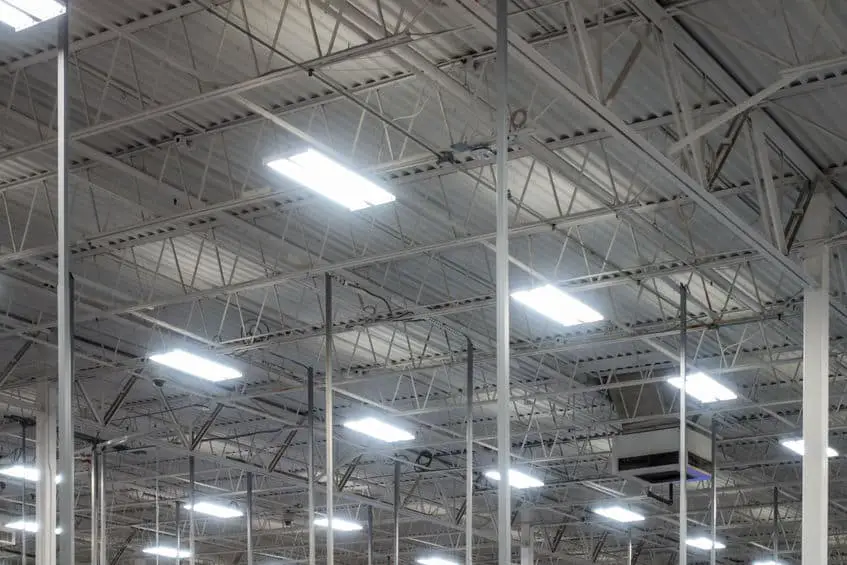
![6 Pack 4FT Linkable LED Shop Light, Utility Shop Light Fixture, 4400lm, 42W [250W Equivalent], 5000K Daylight Shop Lights for Garage, Hanging or Surface Mount, with Power Cord, ETL,White](https://m.media-amazon.com/images/I/31hx1nfYTeL._SL160_.jpg?tag=wwblpi-20)




